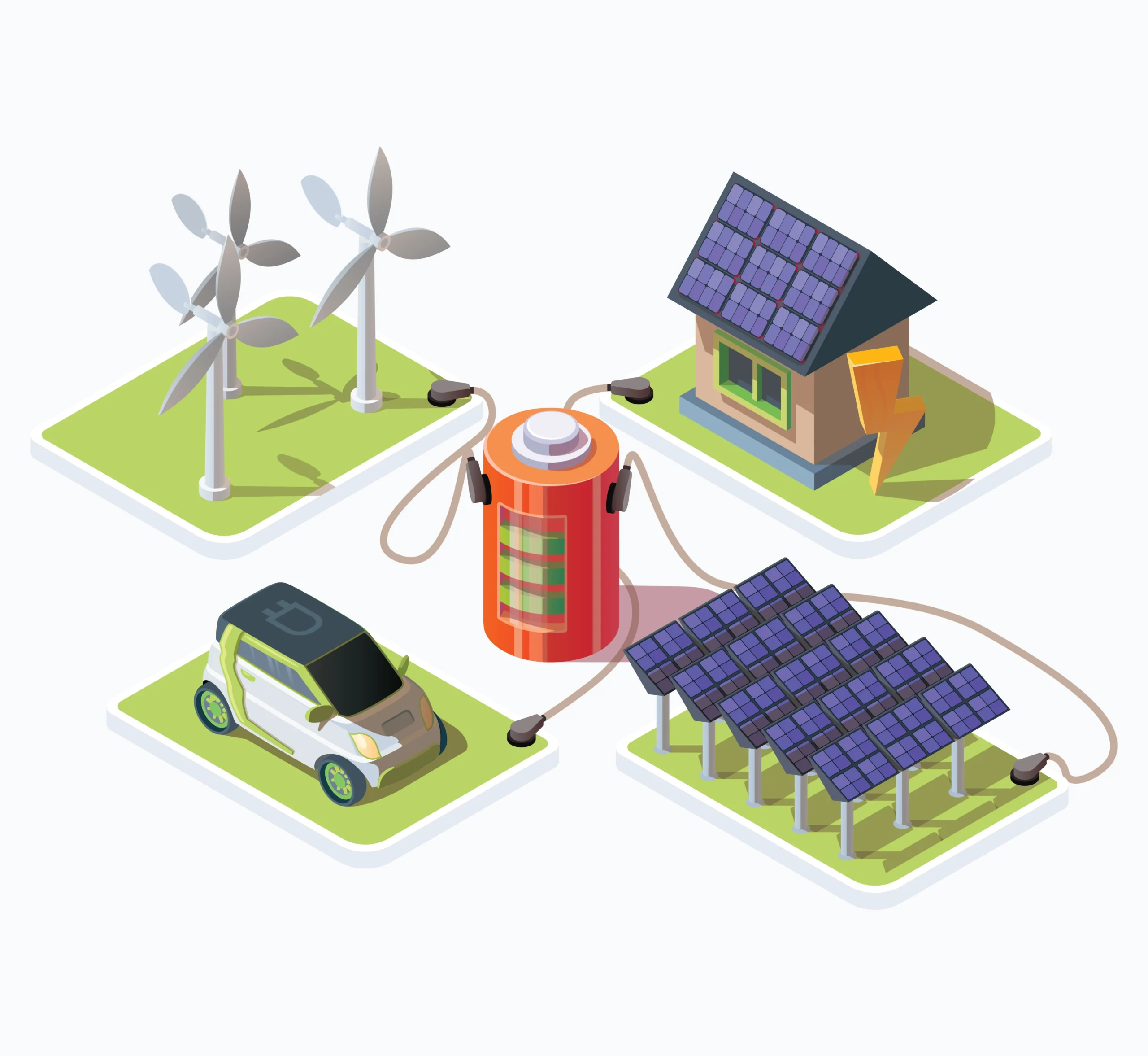Solar
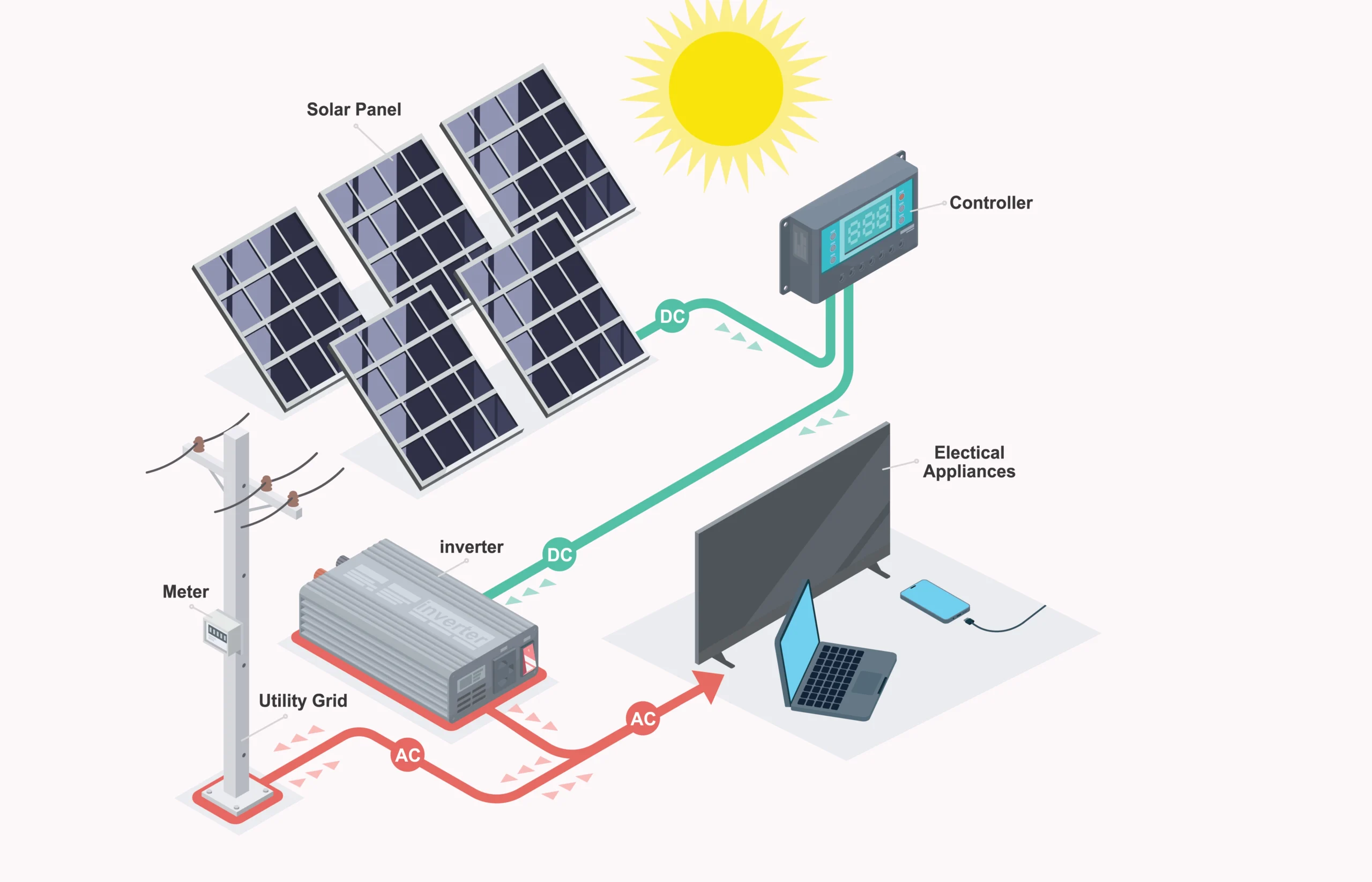
Rooftop Domestic: On-Grid
An on-grid solar power system provides your home with the electricity required during sunshine hours. As it is connected to the grid, you can draw power from the grid when electricity generation is low — primarily during the night and on cold and cloudy days
Rooftop Domestic: Off-grid
An Off-grid solar power system provides your home with the electricity required during sunshine hours. As it is not connected to the grid, you can draw power from the battery storage when electricity generation is low — primarily during the night and on cold and cloudy days
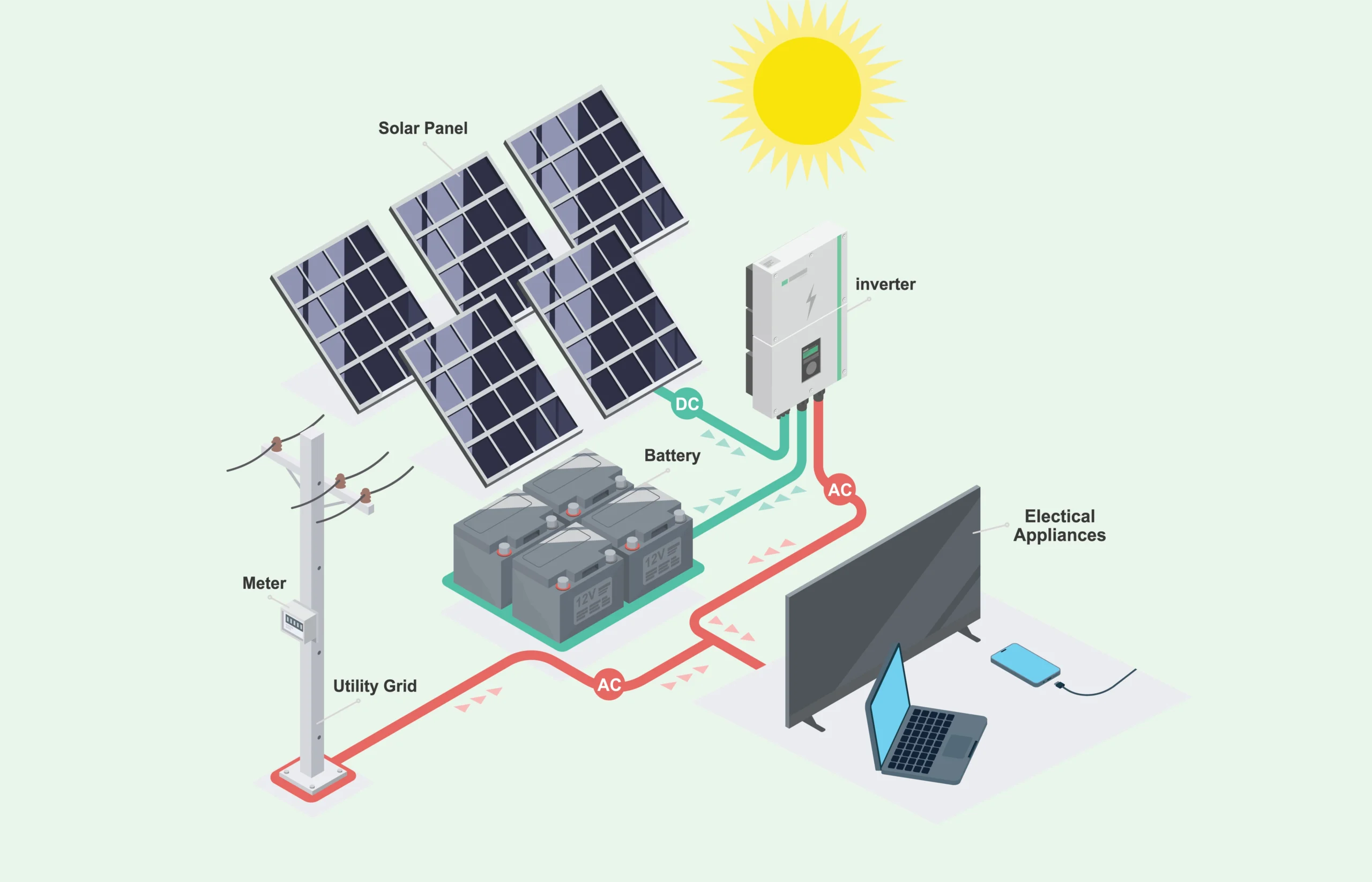
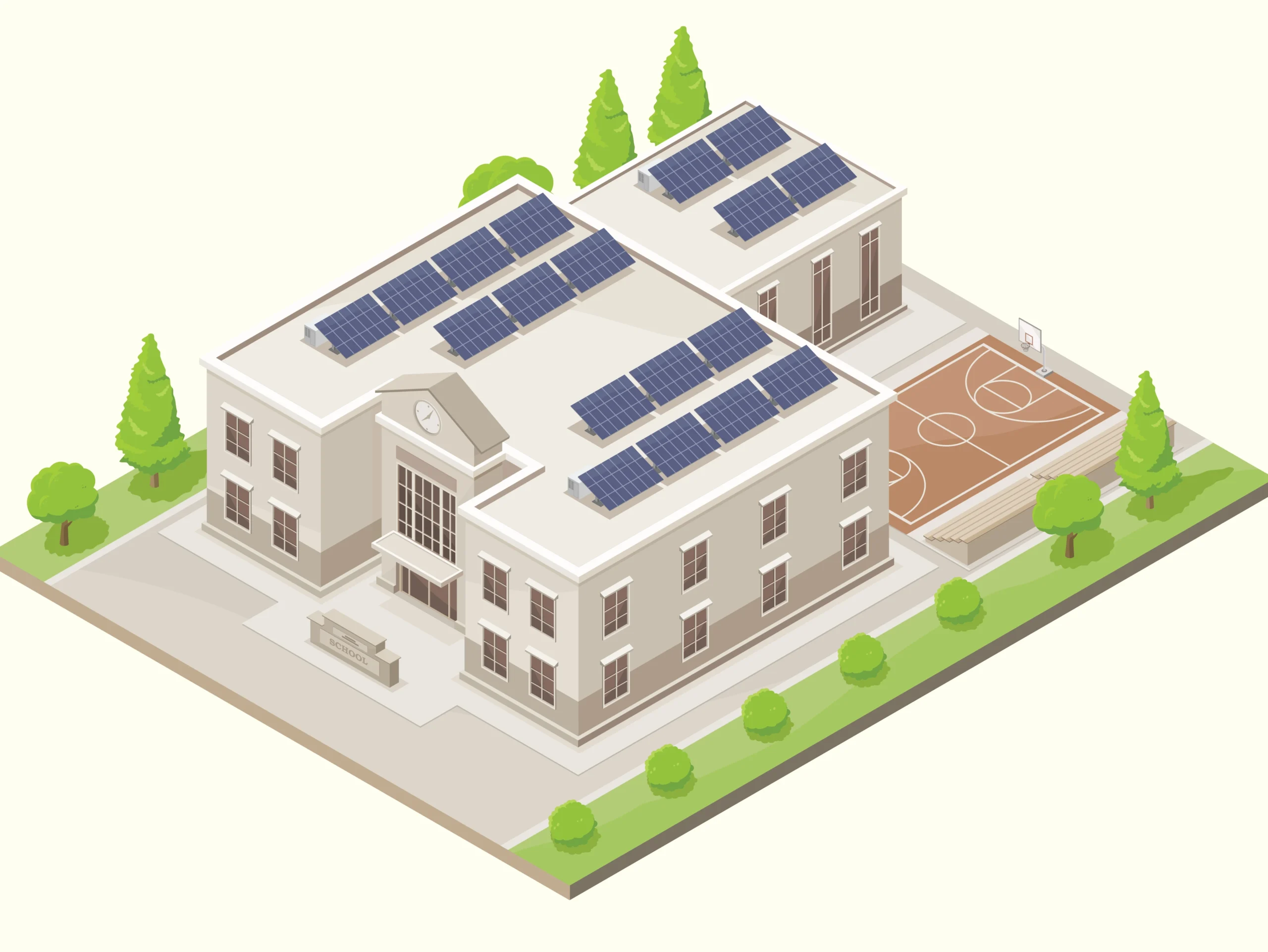
Rooftop C&I
- The C&I customer segment in India has realised the potential benefits of solar and this awareness has improved the adoption of solar in the sector.
- One of the major incentives of choosing solar is the cost benefit due to the substantial reduction in electricity bills. Industries can reduce their dependence on grid power and choose to power their facilities with solar instead. With ‘net-metering’, excess power generated by the solar system can be exported to the grid and the customer can get credits for the units supplied to the grid. This further cuts down the electricity bills. As the life of the solar system is for 25 years, customers are also protected from any future rises in grid tariff.
- C&I customers can also take advantage of tax benefits provided by the government. Under Section-32 of the Income Tax act, the consumer can benefit from accelerated depreciation of 40% every year until the asset is fully depreciated.
EPC
In the solar industry, EPC stands for Engineering, Procurement, and Construction. It is used to address the photovoltaic companies that provide end-to-end solar services from designing to procuring the components and finally installing the project. Some Solar EPC companies even take up maintenance work during the duration of the solar power plant
Operations & Maintenance
General checks
As a solar plant is installed, engineers at CleanMax prepare a schedule for preventive maintenance. This includes, but is not limited to, adjustments, cleaning, lubrication, repairs, replacements, and the extension of equipment life. At least twice a year, O&M personnel conduct a general inspection of the installation-site.

- 01Ensure roof drainage is adequate, roof drains are not clogged and confirm that there are no signs of water pooling near the array
- 02Ensure roof penetrations (if any) are watertight
- 03Check for ground erosion near the footings of a ground mount system
- 04Confirm electrical enclosures are only accessible to authorised personnel
- 05Check for corrosion on the outside of enclosures and the racking system
- 06Check for cleanliness throughout the site to ensure that there is no debris in the inverter pad area or elsewhere
- 07Check for loose hanging wires in the array
- 08Check for signs of animal infestation under the array
Specific checks

Warranty settlement
The product warranty replaces your solar panels for free if they malfunction due to material or workmanship defects. The coverage period varies depending on the brand and specific product, but the solar industry standard for performance warranty guarantees a maximum level of degradation – typically between .25% and .75% – per year so that in 25 years the panel will still have 80-90% of the power output it did in its first year. Performance warranties are important for sizing solar systems to maintain 100% offset for 25 years, if there is any difference in the performance, we will help you to get the warranty claim from the Manufacturer/OEM
Solar Water Pumps
The system operates on power generated using solar PV (photovoltaic) system. The photovoltaic array converts the solar energy into electricity, which is used for running the motor pump set. The pumping system draws water from the open well, bore well, stream, pond, canal etc
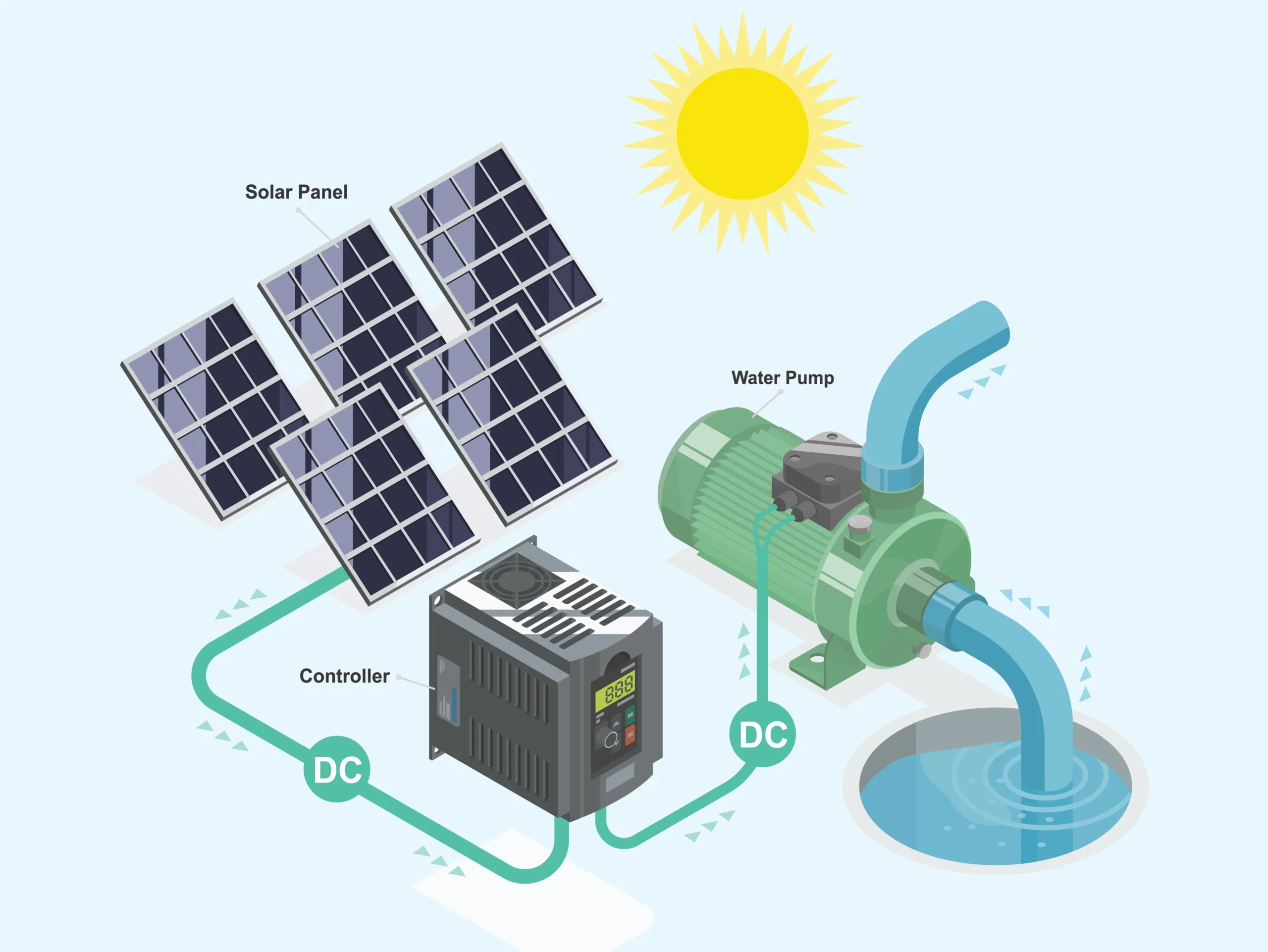
BESS (Battery Energy Storage Systems)
Battery storage systems will play an increasingly pivotal role between green energy supplies and responding to electricity demands. Battery storage, or battery energy storage systems (BESS), are devices that enable energy from renewables, like solar and wind, to be stored and then released when the power is needed most.
